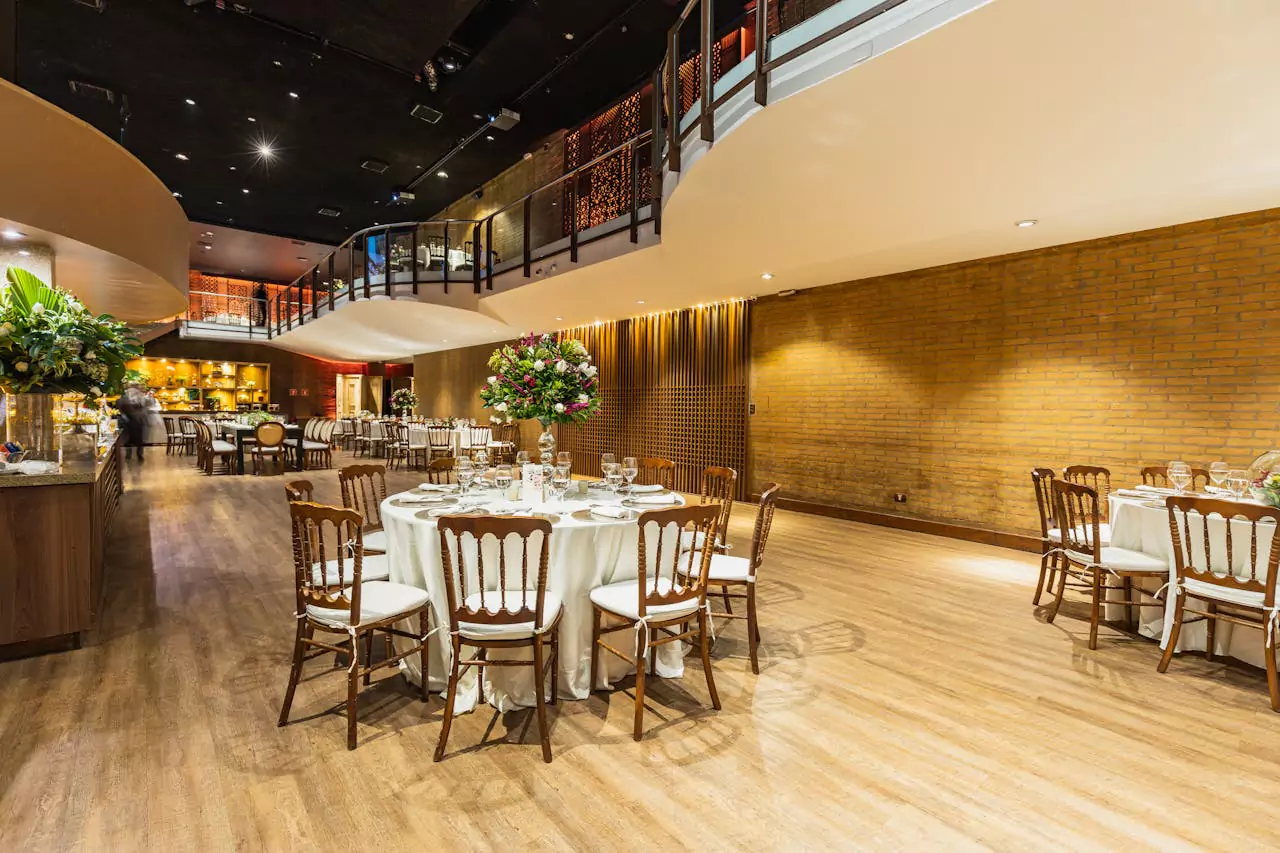
A concerning trend is emerging within the fast food and fast-casual restaurant sector: customer loyalty to their preferred brands is steadily declining. This shift is highlighted in the 2025 Phygital Index Report, recently released by Tillster, a prominent global provider of integrated commerce solutions for the restaurant industry. The findings suggest that restaurants must act swiftly to reclaim diner loyalty, particularly as economic uncertainty influences consumer dining choices, motivations, and purchasing preferences.
Tillster conducted an independent survey of 1,500 diners in the United States who recently dined at a Quick-Service Restaurant (QSR), fast-food, or fast-casual chain. The goal was to better understand diners’ ordering habits, expectations, experiences, and preferences. The results reveal that the restaurant industry is undergoing significant transformation, with brands scrambling to win over increasingly discerning diners through a variety of methods. These include limited-time offers, value meal deals, enhanced loyalty programs, and digital innovations — all in response to mounting economic pressures and rising consumer expectations.
What Do Diners Want?
The key takeaway from the report is that value is now the central battleground for customer loyalty — but it’s no longer just about low prices. Diners are seeking a comprehensive, superior experience. This includes streamlined ordering processes, enhanced service, and more inviting dining environments. In fact, 33% of diners reported that their favorite restaurant had changed in the past 12 months. The primary reasons for this shift were “better food” (46%) and “better value” (40%).
Diners’ evolving expectations reflect broader changes in the dining landscape, with many re-evaluating their restaurant choices due to shifting priorities and economic constraints. Here’s a closer look at the various ways diners are altering their interactions with fast-casual and QSR brands:
Rising Costs and Changing Dining Habits
While diners are still visiting restaurants, they are more cost-conscious than ever. According to the survey, 45% of diners reported that they are visiting restaurants less frequently due to rising prices. Nearly half of the respondents also mentioned that they have reduced their dining-out budgets in the last six months. However, there is a silver lining. About 21% of respondents indicated they plan to increase their dining-out budgets in 2025, showing that some consumers are still willing to indulge in dining out — but only if brands can demonstrate value.
The key takeaway here for restaurant operators is that while some diners are scaling back, others are still eager to spend, provided they feel they are receiving worthwhile value in exchange for their money. The challenge for restaurants is proving that value consistently, or risk losing even the most loyal customers.
The Rise of Self-Service Kiosks
For the third consecutive year, diners are showing an increasing preference for self-service kiosks. The survey revealed that 61% of diners who use kiosks want to see more of them in restaurants, up from 57% in 2024 and 36% in 2023. Kiosks allow diners to experience a more customized and tailored ordering process, where they can view their orders visually and make adjustments at their own pace. Beyond the convenience factor, kiosks offer diners greater control over their experience, making them an increasingly popular option in fast-casual and QSR settings.
For restaurants, the appeal of kiosks goes beyond just offering a modern touchpoint; they enable diners to feel more involved in the ordering process, which can lead to higher satisfaction and loyalty. Kiosks also streamline the ordering process, reduce wait times, and give staff more time to focus on food preparation and customer service.

Convenience Stores on the Rise
Even as QSRs and fast-casual brands continue to focus on offering value, diners are increasingly looking to convenience stores for quick bites. The survey found that 24% of diners are visiting convenience and grocery stores more frequently than they did a year ago. This increase surpasses the rise in visits to QSRs (18%) and fast-casual chains (16%).
The growth in popularity of convenience stores can be attributed to the increasing availability of pre-made meal options. As diners look for quick and affordable alternatives to traditional restaurant meals, convenience stores are stepping in to meet their needs. For fast food and fast-casual brands, this represents a challenge: they must enhance their overall dining experience and increase engagement to remain competitive in a market where consumers have more options than ever before.
The Emergence of Voice AI in Dining
Another trend that has rapidly gained traction is the adoption of voice AI technology. Once considered futuristic, voice AI is now becoming a standard feature in many fast food and fast-casual restaurants. According to the report, 60% of diners feel comfortable using voice AI at drive-thru windows, with Gen Z diners even more enthusiastic — 67% of them expressed a preference for using voice AI.
The benefits of voice AI are clear: it offers greater convenience, frees up staff to focus on food preparation and quality service, and provides diners with faster, more accurate orders. For restaurants, this technology is not just a passing novelty — it’s a key factor in maintaining a competitive edge in the increasingly digital landscape of the restaurant industry. Voice AI helps improve operational efficiency and enhances the customer experience, which can help boost loyalty in an environment where diners expect more than just speed and convenience.
The Path Forward: Earn Loyalty Every Time
As the dining landscape evolves, restaurant brands can no longer take customer loyalty for granted. The 2025 Phygital Index Report underscores the importance of providing more than just a meal; diners are now looking for an experience that offers both value and quality. As Perse Faily, CEO of Tillster, noted: “This year’s Phygital Index Report finds that brands can’t count on diner loyalty anymore — it must be earned every single time they order from a restaurant.”
With economic pressures weighing heavily on consumer spending habits, restaurants must adapt to new consumer preferences, including providing more personalized experiences, offering better food quality, and ensuring a seamless, efficient ordering process. Those who can successfully navigate these challenges will be better positioned to thrive in 2025 and beyond.
For more insights, visit Tillster’s full 2025 Phygital Index Report.





